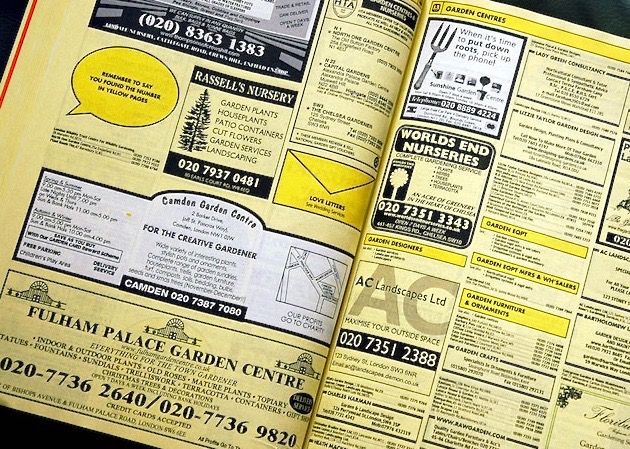Last week, I opened my front door and found the yellow pages telephone book on the steps. I wasn’t sure why I received one since there is no home telephone line in the household. Imagining no use for it other than boostering a small child in a kitchen chair, I didn’t bring it inside. Instead, as I walked out the door, I picked it up and took it directly to the recycling bin.
Although there was no one there to hear me, I said, “Who uses phone books anymore?”
Yes, there was a time when I kept a phone book and area map in the backseat of my car. But it’s 2012. When I need information, I look online. If I’m not home, I trade the laptop for my smartphone for Internet access. And I’m not the only one. Studies show that the digital divide is being narrowed by the use of mobile devices.
So I think I should be able to find a church online. I think the church website should be mobile friendly. And I have the audacity to think I should be able to find the worship service times, church address, and a live link to the phone number and directions (that link to one of the GPS systems on my phone) on the home page.
It might be a lot of ask, but it’s one of the recommendations the New Media Project makes if you are thinking about using social media. On Easter morning, a family visiting my church introduced themselves saying that they found the church when they Googled for a black church in the county. I was delighted to know my church could be found with that search. The church website—not the phone book, word-of-mouth, or prominent location—was the public face of the church.
So maybe you are there. You’ve designed a basic or highly interactive church website. You’ve covered the basics and maybe added up-to-date information about church activities. It might be tempting to try to check on the effectiveness of your investment. How many hits does the website get each week? Each day? Can you track what percentage of visitors hear about the church through the website?
Thanks to online analytics, all these things are possible. Something else the yellow pages can’t do. Yet, as the New Media Project has thought about how to evaluate churches’ use of social media, we’ve concluded that numbers might not be the best way to know if you’re being successful. Rather, it might be more helpful to think about what the church is learning through new media and the quality of relationships that are initiated, developed, or maintained online. It’s better to have a match between a church’s theology and model of ministry, than it is to use every form of new media outlet and website widget out there.
Thinking of church websites this way, I now think that I should have saved the yellow pages. I could have used it as a prop under a young person so she or he could reach the kitchen table. After all, it not only provides information, but could help people get closer to what they need. And isn’t that what churches and new media are supposed to be about?
(Originally published at The New Media Project here)




